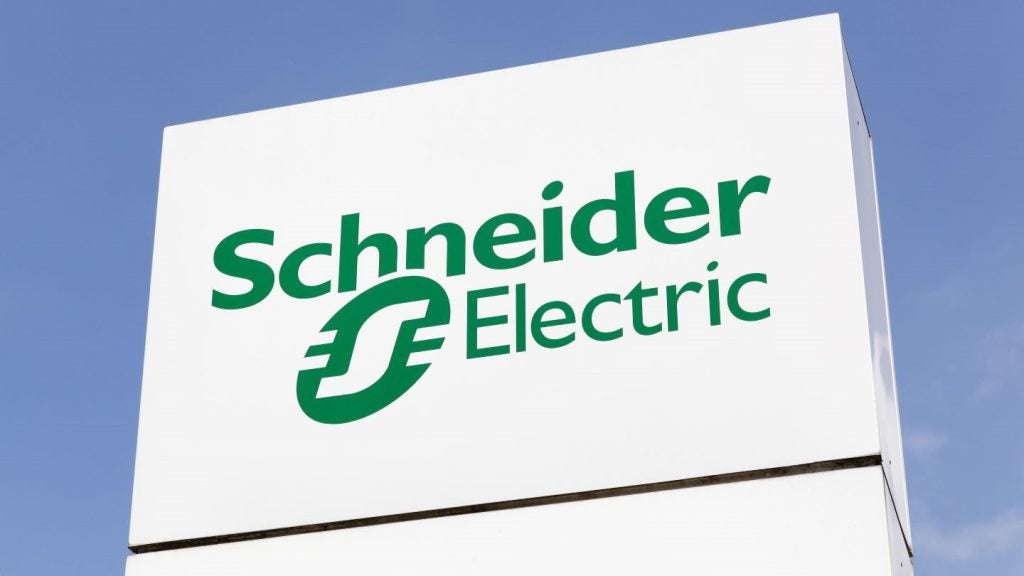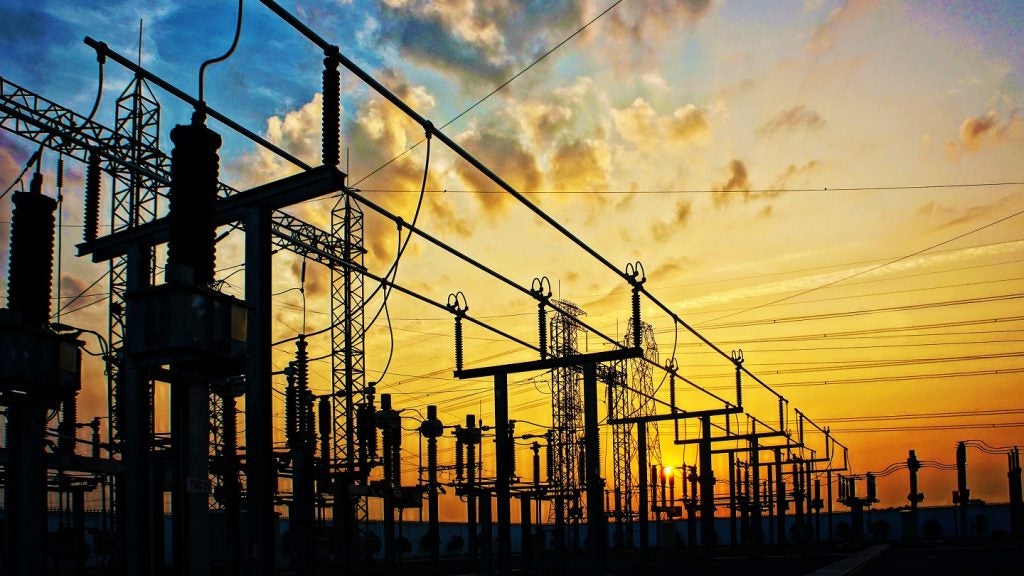Saudi Electricity. has filed a patent for compositions and methods involving organic ions and counterions capable of adopting a tripodal confirmation. The patent includes supramolecular assemblies and crystalline compositions. Claims 1-20 have been canceled. GlobalData’s report on Saudi Electricity gives a 360-degree view of the company including its patenting strategy. Buy the report here.
According to GlobalData’s company profile on Saudi Electricity, H2 storage carbon nanotubes was a key innovation area identified from patents. Saudi Electricity's grant share as of January 2024 was 62%. Grant share is based on the ratio of number of grants to total number of patents.
Supramolecular compositions with organic ions capable of adopting tripodal confirmation
See Also:
The patent application (Publication Number: US20230416230A1) describes a composition comprising an organic ion with a molecular hub and extending arms capable of adopting a tripodal confirmation. The organic ion is hexacationic and can form a supramolecular assembly with a counterion such as PF6- or AsF6-. The assembly consists of four organic ions forming a truncated tetrahedral subunit, with the counterion positioned within a cavity formed by the organic ion in a tripodal confirmation. The assembly can further form a diamondoid unit with ten truncated tetrahedral subunits, creating a porous crystalline composition in the cubic, Fd3 space group.
Additionally, the patent application outlines methods for preparing the supramolecular assembly or crystalline composition by precipitating a solution containing the organic ion composition. The solution can be precipitated by mixing with an anti-solvent or through slow vapor diffusion of an anti-solvent. Furthermore, a method for sequestering an ionic contaminant involves contacting the assembly or composition with the contaminant, leading to an exchange of counterions. The process can be used to sequester oxoanions, with the possibility of regenerating the assembly or composition and replacing counterions with a second counterion. These innovative compositions and methods offer potential applications in various fields requiring the sequestration of ionic contaminants in a controlled and efficient manner.
To know more about GlobalData’s detailed insights on Saudi Electricity, buy the report here.
Premium Insights
From

The gold standard of business intelligence.
Blending expert knowledge with cutting-edge technology, GlobalData’s unrivalled proprietary data will enable you to decode what’s happening in your market. You can make better informed decisions and gain a future-proof advantage over your competitors.





